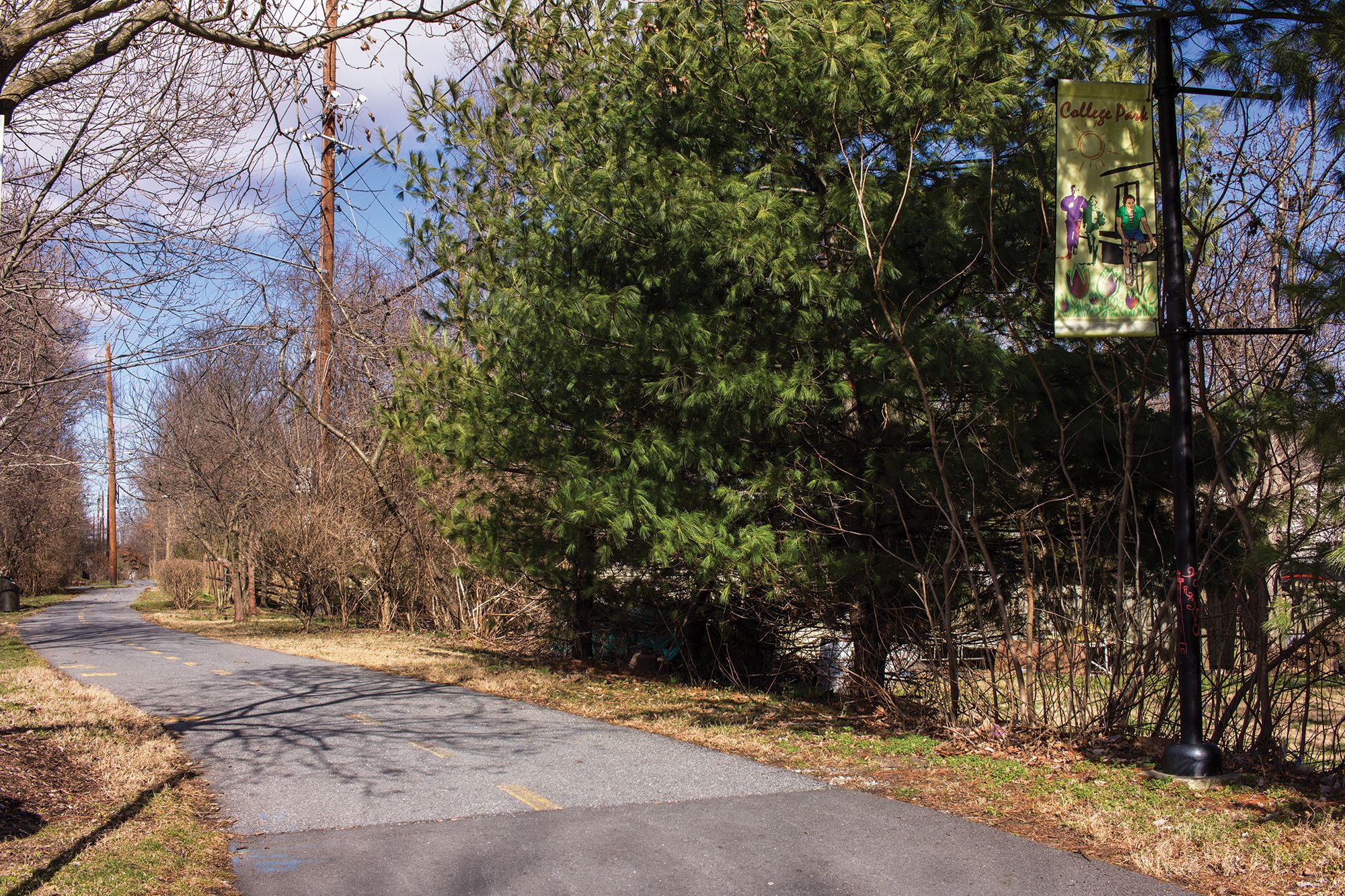Views expressed in opinion columns are the author’s own.
As the U.S. population exploded following World War II, cities spilled into suburbs, creating cul-de-sacs and tidy subdivisions that have become iconic images of American life. The desire to leave urban life behind created residential neighborhoods full of single family homes that were separated from commercial and institutional buildings.
This separation created a car dependency, subsequently celebrated as a uniquely American subculture. This dependence on transportation now represents the largest portion of greenhouse gas emissions in this country, which has the highest per capita carbon dioxide emissions in the world. Our culture and communities must make significant changes if we want to avoid catastrophe.
Living in a carless community shouldn’t be a privilege limited to those who can afford to live in large cities. Walkable communities can be created anywhere the local government is willing to update zoning codes to allow for mixed-use development and high capacity housing.
Thankfully, the Prince George’s County Council recently did just that, approving a new zoning ordinance with a focus on sustainable development and walkability, like emphasizing high densities near transit stations and town center-like development.
Besides reducing reliance on carbon-intensive personal vehicles — which is good for environmental health — walkable communities provide an easy, low-impact form of exercise. When a walk has purpose, which is one of urban planner Jeff Speck’s four approaches of walkability, it becomes a workout that can be achieved while running errands, making it accessible for those with little free time.
Community health also improves with increased walkability. Walking increases the chances of spontaneous encounters with neighbors and acquaintances, unlike the social isolation of the personal vehicle commute, which can have harmful impacts on mental health. Walkability can positively impact mental health, but it can also strengthen one’s sense of belonging to a community. Communities with an emphasis on walkability are also safer for pedestrians, as cars on narrower lanes tend to drive slower, reducing the risk of traffic fatalities.
The concept of walkable communities isn’t novel or revolutionary. However, it is now a trend, similar to the “Slow Food” movement that modern Americans have come back to, upon the realization that optimizing every aspect of life for convenience and disposability leaves quite a lot to be desired.
Local governments must quell the threat of walkability being commodified as a real estate amenity. Addressing walkability by revisiting zoning codes to emphasize dense development and stronger communities would let Americans reduce their energy use and improve health across the board.
Emily Maurer is a junior environmental policy major. She can be reached at emrosma@gmail.com.



